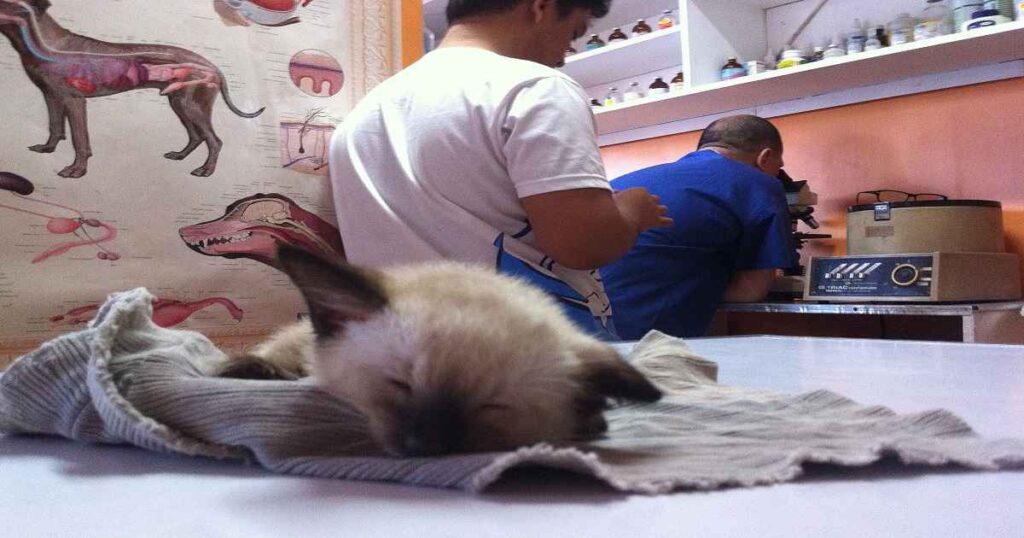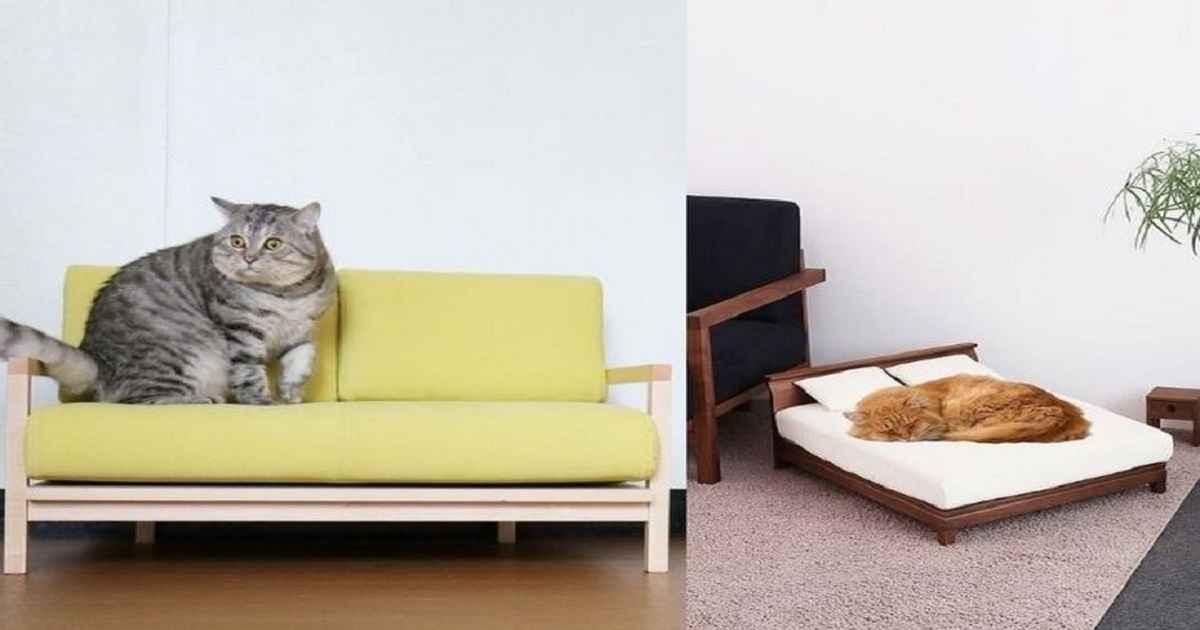How To Get Cat Pee Smell Out Of Wood Furniture
How to Get Cat Pee Smell Out of Wood Furniture: Your Guide
Finding that your furry friend has had an accident on your cherished wood furniture can be disheartening, especially when the sharp, unmistakable odor of cat pee sets in. Wood, being porous, can absorb liquids and odors, making the smell of cat urine particularly challenging to eliminate. However, with the right approach, you can remove this unwanted scent and restore your furniture to its former glory. This guide will walk you through the steps to effectively get the cat pee smell out of wood furniture, from initial cleaning to odor elimination and preventive measures.
Step 1: Assess the Situation
Before you begin the cleaning process, it’s important to assess the extent of the damage. If the urine is fresh, you’ll have a better chance of removing the odor completely. However, older stains and smells can still be addressed with a bit more effort.
Step 2: Blot Up Any Fresh Urine
If the accident is recent, start by blotting up as much urine as possible with paper towels or a clean, dry cloth. Press firmly to absorb the moisture but avoid rubbing, as this can spread the urine deeper into the wood.
Step 3: Clean the Affected Area
Homemade Cleaning Solutions
Vinegar Solution
A solution of equal parts white vinegar and water can be effective in neutralizing odors. Vinegar, a natural disinfectant and deodorizer, can help break down the urine without damaging the wood finish. Apply the solution with a soft cloth, gently rubbing it into the affected area, then wipe it clean with a damp cloth.
Baking Soda
Baking soda is known for its odor-absorbing properties. After cleaning the area with the vinegar solution, you can sprinkle baking soda over the spot and let it sit overnight. Vacuum or wipe it away the next day.
Commercial Cleaners
Opt for enzyme-based cleaners specifically designed to break down pet urine. These can be more effective at eliminating the odor than traditional cleaning products. Make sure the cleaner is safe for use on wood surfaces and follow the manufacturer’s instructions.
Step 4: Neutralize the Odor
After cleaning, if a faint smell persists, using a commercial odor neutralizer can help. Choose a product that’s safe for wood and test it on a small, inconspicuous area first to ensure it doesn’t damage the finish.
Step 5: Sand and Refinish if Necessary
In cases where the urine has penetrated deeply into the wood, you may need to sand the affected area lightly and apply a new finish. This step should be considered a last resort, as it involves altering the furniture’s surface.
Step 6: Prevent Future Accidents
Provide Adequate Litter Boxes
Ensure you have enough litter boxes in your home and that they are kept clean and accessible to your cat. A good rule of thumb is to have one more litter box than the number of cats in your household.
Use Protective Covers
Consider using furniture covers or placing a waterproof mat under pet beds on wooden furniture to protect surfaces from future accidents.
Regular Training and Check-ups
Regularly training your cat and ensuring they are healthy can prevent future incidents. Sometimes, inappropriate urination can indicate a health issue, so it’s important to consult with a veterinarian if this behavior is out of the ordinary for your pet.
FAQs
Can I use bleach to remove cat pee smell from wood furniture?
It’s generally not recommended to use bleach on wood, as it can damage the finish and discolor the wood.
How long does it take for the smell to completely go away?
The time it takes for the smell to dissipate depends on the severity of the situation and the effectiveness of the cleaning method used. In some cases, it may take several treatments to completely eliminate the odor.
What if the smell persists after cleaning?
If the odor remains after thorough cleaning, it may have penetrated deeper into the wood. You might need to consider more intensive treatments, such as sanding and refinishing the affected area.
Conclusion
Dealing with cat pee on wood furniture can be a daunting task, but with patience and the right approach, it’s possible to eliminate the odor and prevent future accidents. By acting quickly, using appropriate cleaning solutions, and taking preventive measures, you can keep your wood furniture smelling fresh and clean. Remember, the key to success is persistence and proper care, ensuring your living environment remains pleasant for both you and your feline friend.









